

Käsekuchen – German Cheesecake
Perfectly tangy, light and fluffy, a traditional German cheesecake or 'Käsekuchen' is a true baker's delight. My tried and tested recipe works every time and is ideal for serving with coffee or as a dessert.
Deliciously creamy, light and fluffy, nothing beats a traditional German cheesecake or ‘Käsekuchen’. Unlike the denser cream cheese-based cheesecakes of North America, a German Käsekuchen is made from a combination of Quark (more on this later), cream and eggs.
This mixture bakes up to be super light and airy, making that second slice completely irresistible! My easy recipe for German Cheesecake is tried and tested and works every time.
TABLE OF CONTENTS
▼
About this recipe
If you ask many Germans which cake is their absolute favourite (be prepared for a serious discussion, remember Kaffee und kuchen is practically a national sport), a Käsekuchen pops up time and time again in the top three.
This is the sort of cake that grandmothers and mothers across the country have been serving up for generations, and it is ALWAYS in the display counter of every good baker and Konditorei, so it’s very much part of the national psyche.
There’s a reason German-style cheesecake is so popular. For starters, it is beautifully light and fluffy with a very subtle tang. The cheesecake filling made from Quark is encased in a crumbly short pastry (murbteig), which provides the perfect crunchy contrast to the creamy baked inside.
It’s also a cake that lasts several days in the fridge, so excellent for preparing in advance for parties and special occasions.
What is Quark?
The million-dollar question! Quark, sometimes known as Quark cheese is a local dairy product made from strained, soured milk.
Flavour and texture-wise, Quark is somewhere in the triangle between Greek yoghurt, ricotta and cottage cheese, though it is a local speciality.
It’s believed the Germanic people have been eating Quark for thousands of years – though the Roman historian Tacitus gave it the rather less appealing name of ‘lac concretum’ or thick milk! It’s also sometimes known in Austria and the mountain regions as Topfen.
Quark is naturally low in fat and high in protein, which makes it a popular ingredient in lots of German cooking.
While quark is readily available (and cheap!) all over Germany, this unique ingredient is a little harder or more expensive to buy abroad, but don’t worry, I’ve got some quark substitutes listed below which will work perfectly.
Ingredients
To make an authentic German cheesecake, you’ll need the following main ingredients (full ingredient list in recipe card):
- Flour, butter and sugar: The building blocks of all delicious baked goods. These are the three main ingredients in the shortcrust pastry or murbteig.
- Eggs: Use the freshest free-range eggs you can find
- Lemon zest and juice: the oils in the lemon peel add flavour and bump up the tanginess of the filling
- Cream: I use whipping cream or heavy cream with at least 30% fat content.
- Low-fat Quark: The main ingredient! This can be substituted with a mixture of ricotta and sour cream or Greek yoghurt if you can’t get Quark. Ordinarily, I don’t use low-fat products, but quark is naturally low-fat, so perfect for making this cake a little less of a guilty pleasure.
The complete ingredient list and detailed instructions are in the recipe card at the bottom of the page.
How to make German Cheesecake
This Käsekuchen recipe is made with what I think of as the Holy Trinity of German baking: a 26cm (10 in.) springform pan, an oven set at 180°C / 350°F and a cooking time of around an hour.
This combination is so common in German recipes that it is sometimes left out of the instructions altogether. Don’t worry, I’ve given plenty of detail in the recipe card to help you along.
- First, you need to make a simple sweet pastry or murbteig. My super easy pastry can be simply stirred together, so if you’re not confident, don’t worry! This is quite a soft pastry, so I find it easier to press it directly into the cake pan rather than rolling it out. The pastry then needs to be chilled for half an hour.
- While the pastry is cooling, you can heat the oven and get on with making the filling. First, beat softened butter, eggs and lemon together, then add the Quark and a little flour.
- Next, fold under stiffly beaten egg whites and cream until you have a light and fluffy quark mixture.
- Lastly, fill the pastry shell with the quark mixture, then bake in the preheated oven (no water bath necessary!) for 50-60 minutes until puffed and golden brown around the edges. After the cake has rested and cooled, you can slice it and serve it with fresh fruit.
Substitutions
When I am making this cheesecake in Australia or Italy I find that a good substitution for Quark is a combination of two-thirds strained ricotta to one-third sour cream or thick Greek yogurt.
Be sure to use real sour cream or Greek yoghurt, not artificially thickened ones, as the thickener will break down during the baking process. This thickener is often listed as carrageenan, so check the ingredients. Avoid non-fat Greek yogurt as it is held together with starches and thickeners and is unsuitable for baking.
You can also use cottage cheese very successfully to make a German-style cheesecake (though this may come as a shock to my German readers!) Cottage cheese is lumpier than quark, so you’ll need to use a food processor or blender to blend it until smooth.
If you are keen to track down Quark in your country, your best bet is a German deli or bakery, as they may have a local supplier. Aldi or Lidl supermarkets will sometimes stock it overseas too.
Variations
Käsekuchen is usually served just as it is, allowing the simple ingredients to speak for themselves. Occasionally soft fruit like cherries, mandarin oranges or apricots are laid on the pastry case before baking.
The only problem with this is that the fruit has a habit of making the base a bit soggy, so I think it’s nicer to serve them alongside instead.
If you like, you can add a little vanilla to the filling. Either replace some of the sugar with vanilla sugar or add a teaspoon or two of vanilla extract.
Frequently Asked Questions
How do I store German Cheesecake?
This is a dairy-based cake, so it is best stored in the refrigerator and consumed within 3-4 days. Allow the cake to warm up for at least 10 minutes on the counter before serving. At room temperature, this cake is lighter and more flavoursome.
Do I need a mixer to make this cake?
Cheesecake can be made entirely by hand, though I’d recommend a hand mixer to whip the cream and the egg whites.
Can I make this cheesecake with a Graham cracker crust?
I guess you could, though it would be a German-American cheesecake hybrid (not necessarily a bad thing!) Do try the recipe as it is though for best results.
Looking for more German Cake Recipes?
I have loads! Check out these u003ca href=u0022https://daysofjay.com/german-cake-recipes-in-english/u0022 data-type=u0022pageu0022 data-id=u002217106u0022u003eGerman Cake Recipes (in English!)u003c/au003e over here.
German Cheesecake (Käsekuchen) Recipe
Classic German Cheesecake (Käsekuchen)
Perfectly tangy, light and fluffy, a traditional German cheesecake or 'Käsekuchen' is a true baker's delight. My tried and tested recipe works every time and is ideal for serving with coffee or as a dessert.
Ingredients
for the pastry:
- 200 g unsalted butter, softened
- 100 g white sugar
- 1 egg
- zest of 1 lemon, finely grated
- a pinch of salt
- 300 g plain or all-purpose flour
- ¼ tsp baking powder
for the cheesecake filling:
- 6 eggs, egg yolks and whites separated
- 150 g white sugar
- 100 g unsalted butter, softened
- juice and finely grated zest of 1 lemon
- a pinch of salt
- 5 Tbsp plain or all-purpose flour
- 750 g low-fat Quark, (see notes for substitution)
- 200 ml heavy whipping cream
to serve:
- 1 Tbsp powdered or icing sugar
- fresh fruit, eg: berries, mandarins, cherries
Instructions
- PREPARE: Line the base of a 26cm (10 in.) springform cake pan with baking or parchment paper, grease the base and sides of the pan lightly with butter, then set aside.
- MAKE THE PASTRY: Either in the bowl of a stand mixer with the paddle attachment fitted or in a large mixing bowl using a wooden spoon, beat together the butter, sugar, egg, lemon zest and salt until smooth. Sift over the flour and baking powder and stir until combined. Turn out onto a work surface and knead very briefly until just smooth.
- LINE THE CAKE PAN: Divide the dough into two pieces, one slightly larger than the other. Press the larger piece evenly over the bottom of the cake pan and slightly up the sides. Use your hands to roll the other piece into a long sausage shape, then place it into the cake pan and use your fingers to push the pastry up the sides. It may feel like there isn't enough pastry, but keep going until you have an even thickness all over. Transfer to the fridge for 30 minutes.
- HEAT THE OVEN: While the pastry is chilling, heat the oven to 180°C / 350°F / Gas 4 with a rack or baking sheet in the bottom third of the oven.
- MAKE THE FILLING; In a large bowl, beat the egg yolks, sugar, butter, lemon juice and zest and salt together using an electric mixer, Beat in the flour and quark until you have a smooth consistency. Clean off the beaters and in a medium bowl (make sure it is extra clean) beat the egg whites until they reach stiff peaks. Add them to the large bowl, then pour the cream into the bowl you have just used for the egg whites and beat until stiff. Add to the large bowl and use a large spoon or spatula to gently, but thoroughly fold through the mixture until completely combined and smooth.
- FILL AND BAKE: Pour the filling into the prepared pastry case, taking care to leave a little space at the top as this cheesecake really puffs up. Smooth over the surface and bake in the preheated oven for 50-60 minutes until puffed and quite well browned around the edges (there should still be a little jiggle in the middle if you give it a gently shake).
COOL AND SERVE: Remove from the oven and allow to cool for half an hour before carefully running a small, sharp knife around the edges and removing the sides of the pan. Transfer to the fridge to cool completely before dusting with powdered sugar, slicing and serving with fresh fruit. It is tempting to dig in right away, but allowing the cheesecake time to rest will ensure you get nice slices.
Notes
Quark substitute: When I can't get fresh Quark, I like to use a mixture of 500g (1 lb.) drained ricotta and 250g (½ lb.) sour cream or strained Greek yogurt. Unsalted farmer's cheese or cottage cheese can be used if blended until smooth.
Imperial Measurements are approximate. For best results I use and recommend a digital kitchen scale like the one linked below.
Recommended Equipment
As an Amazon Associate and member of other affiliate programs, I earn from qualifying purchases.
Nutrition
Serving: 1slice | Calories: 327kcal | Carbohydrates: 39g | Protein: 12g | Fat: 14g | Saturated Fat: 7g | Polyunsaturated Fat: 5g | Cholesterol: 179mg | Sodium: 138mg | Fiber: 2g | Sugar: 10g
Tried this recipe?I’d love to hear how it went! Please leave a review or a star rating and let me know how it was! Use the hashtag #daysofjay on Instagram so I can see your delicious creations.

About the Author
Jay Wadams is a cookbook author, food photographer, and graduate of Le Cordon Bleu in Gastronomy and Nutrition.
Based in Italy 🇮🇹 Germany 🇩🇪 and Australia 🇦🇺.



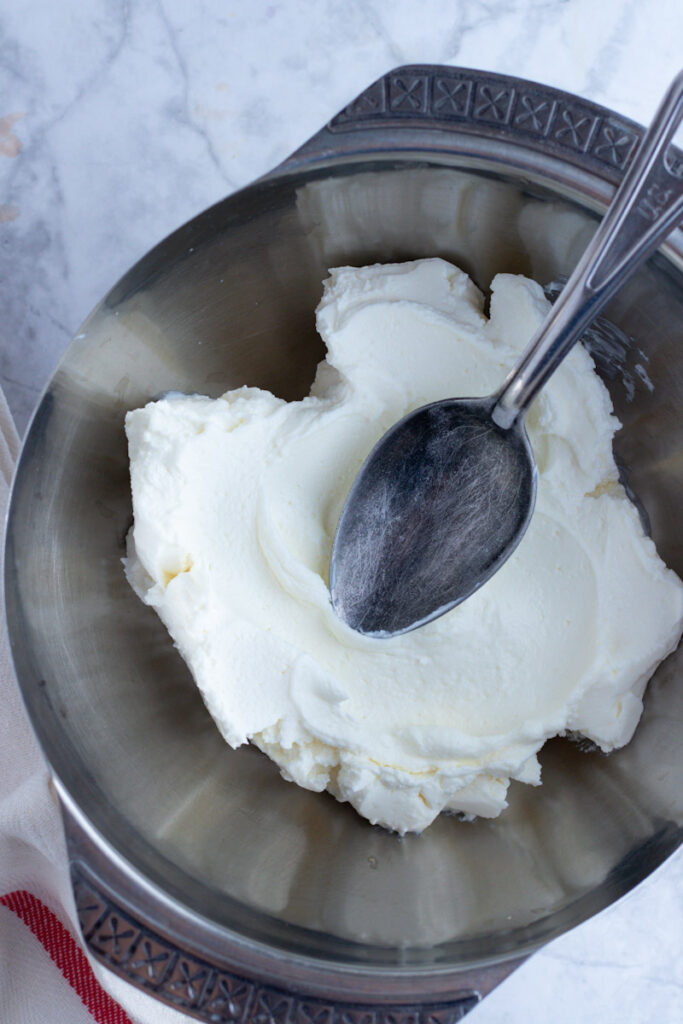

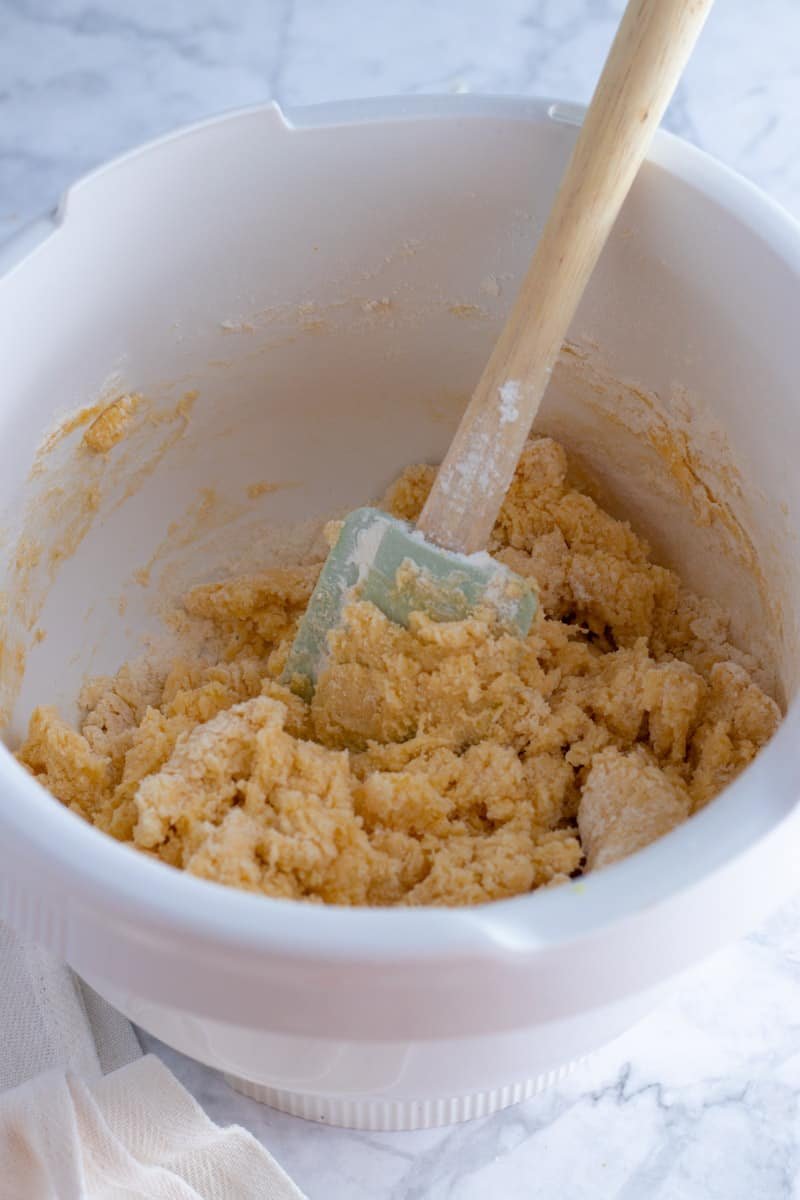



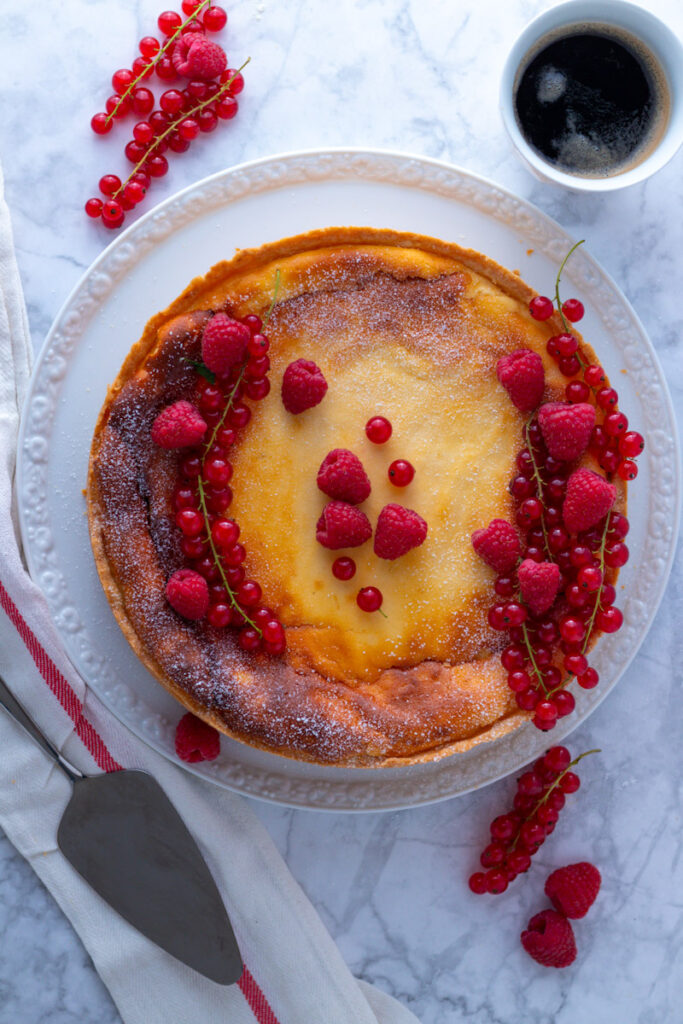
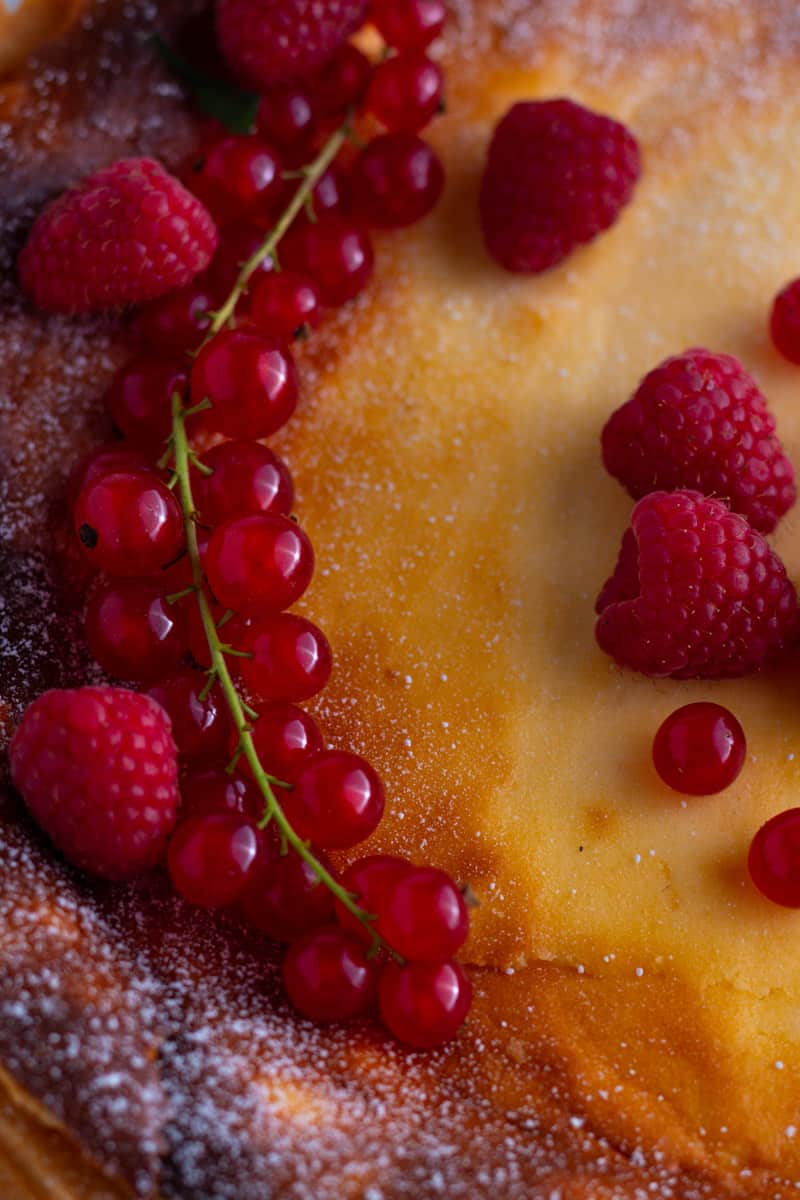
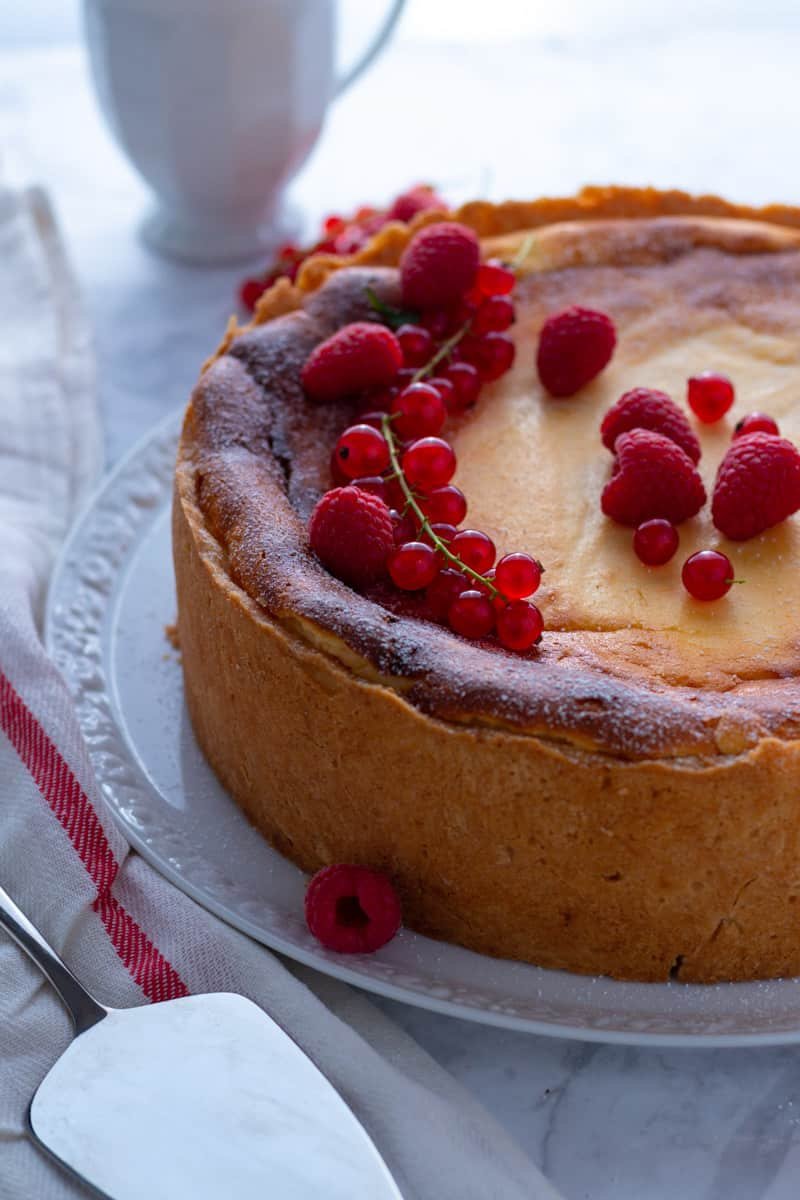
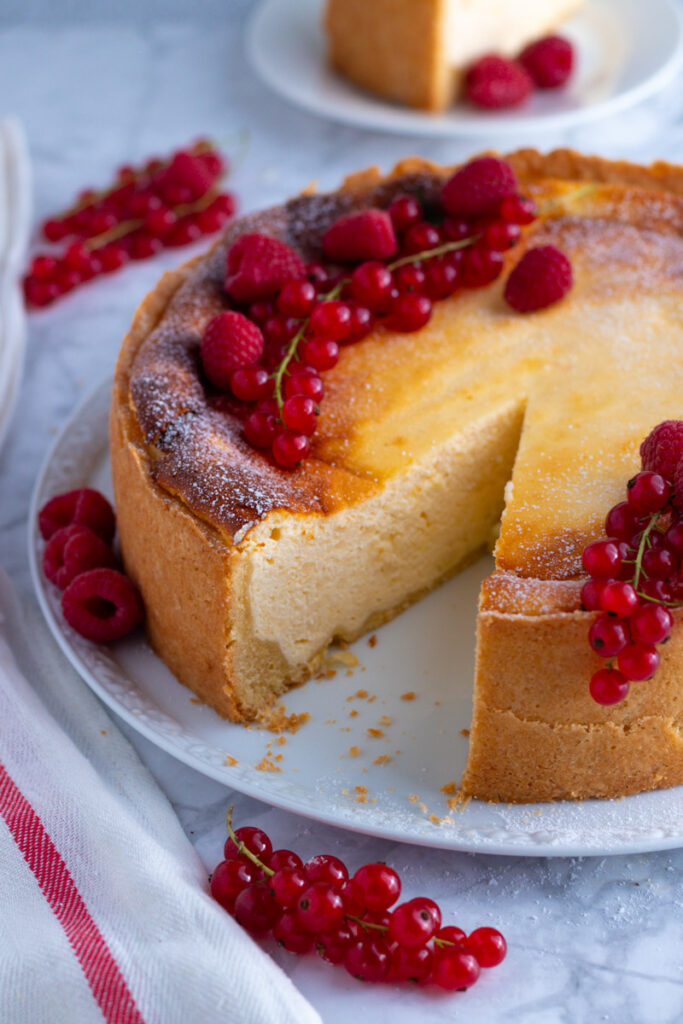
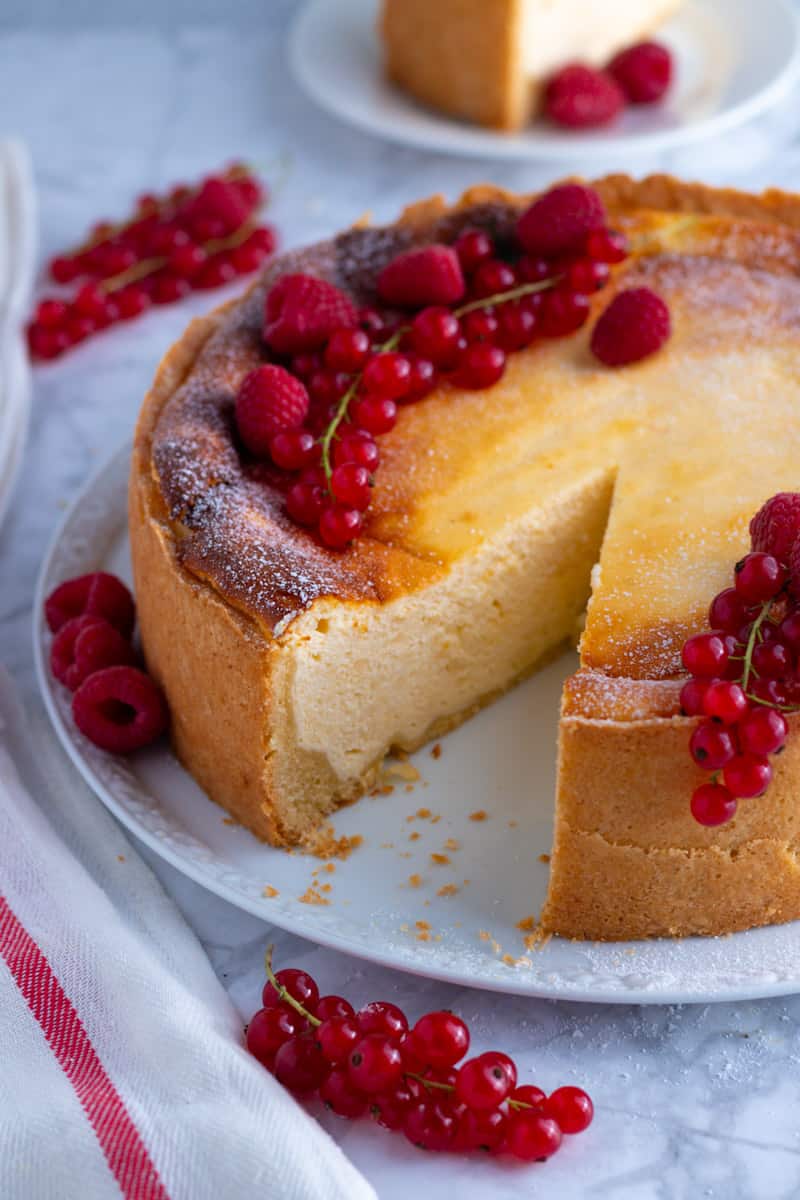





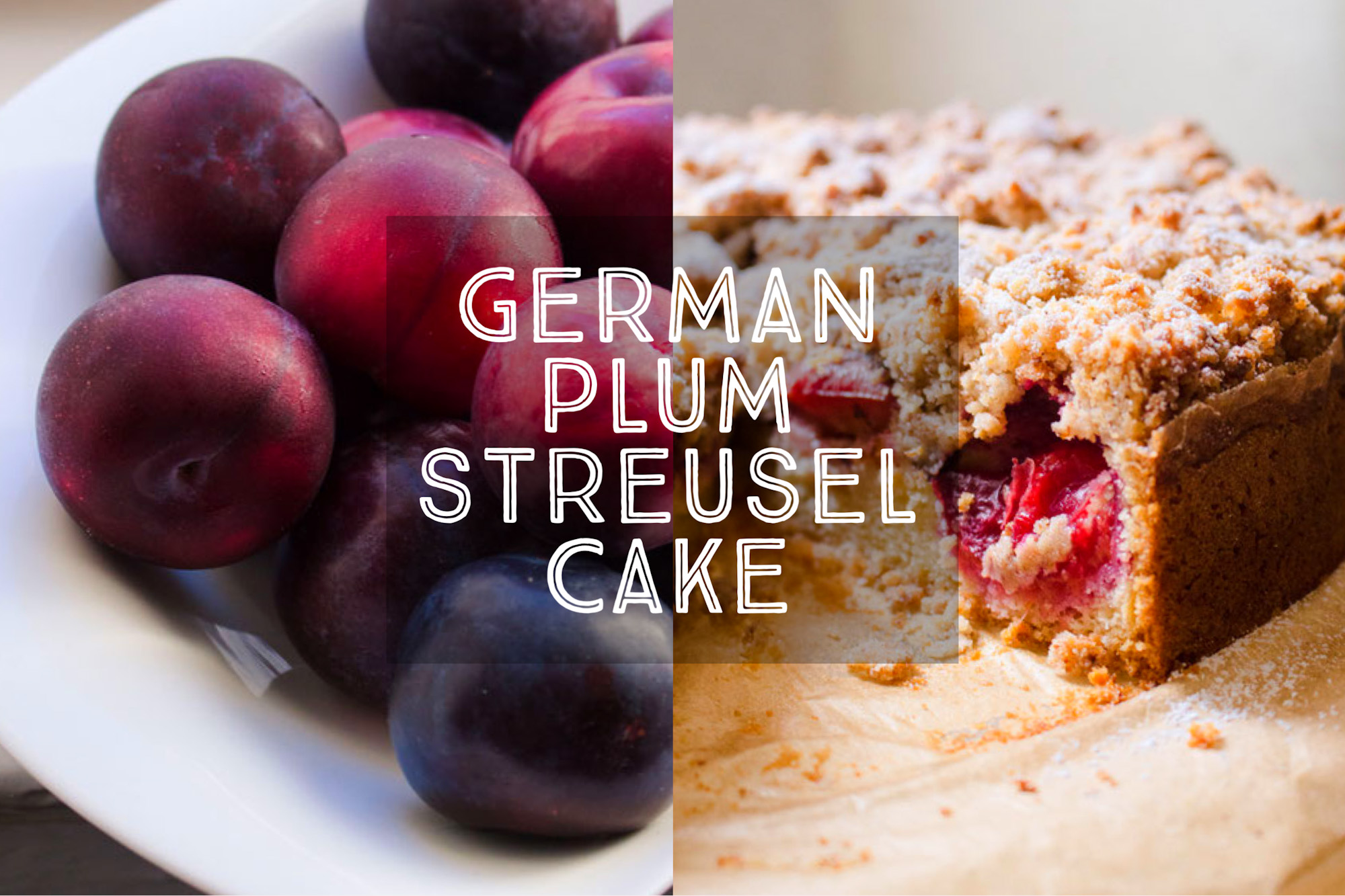

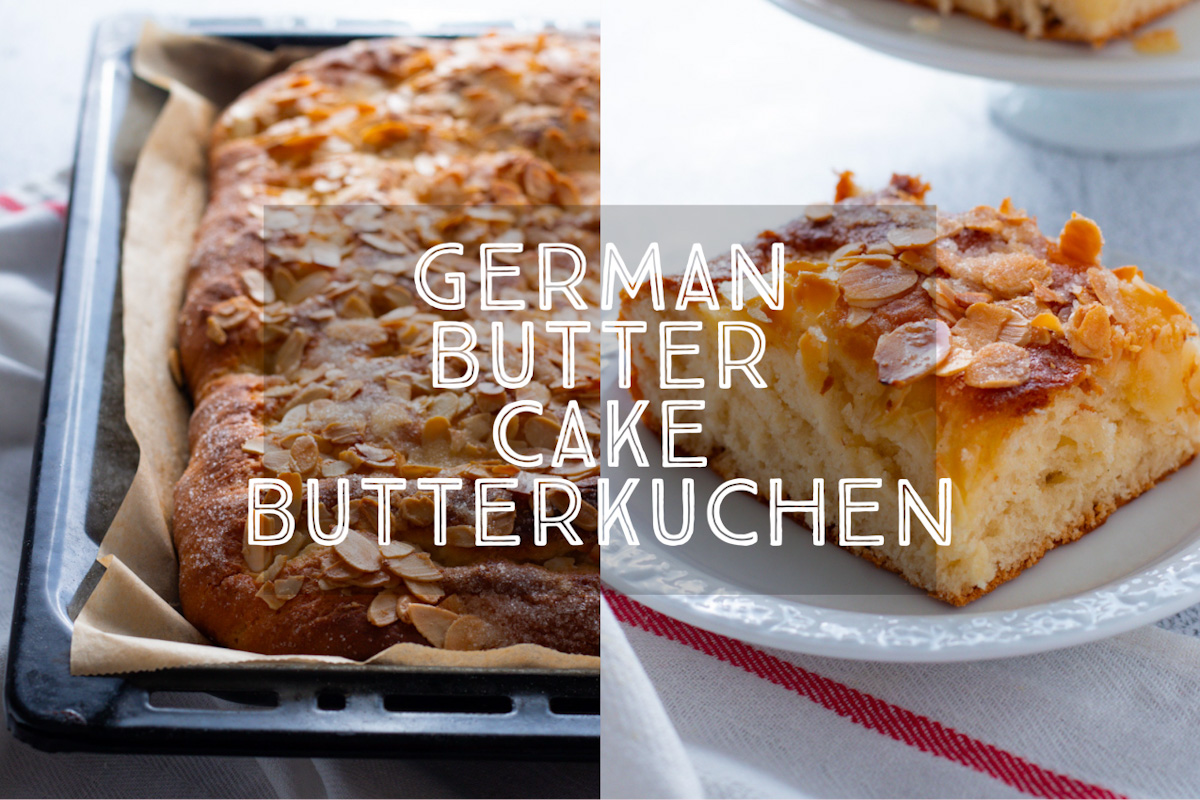
Can I substitute kefir for the quark?
Hi Beth! I’ve not tried making this with kefir but it sounds like it might work! The kefir would need to be naturally very thick, think of the texture of a good, thick Greek style yogurt to be suitable. If it is very liquidy it will not bake properly. I’d love to know how you get on! J.
I love German cheesecake and to bake. My husband is from Berlin so I want to master this cake. I baked the crust after chilling and then placed the cake in a waterbath. The cake was perfect but the crust so soft. Is a waterbath necessary?
Hi Sandra! I am so happy you found this recipe! This recipe does not require pre baking or a water bath at all, you only need to press the dough into the cake pan, pour the filling in and bake it altogether. This is the traditional way we bake this cake in Germany, nice and easy! A water bath will make the crust soft when it should be crisp.
I am so happy to hear the filling was tasty, I just know next time the crust will be perfect too! Let me know how you get on and if you need any other help, J.
Hi Jay, thank you for this delicious Käsekuchen. It is very lecker. Moving from Asia to Germany, I missed my usual baked cheesecake using Philadelphia block cream cheese which is not available here. Now, I have your recipe to turn to when I want to have cheesecake.
Hi Rosalina! I am so happy that you have found this recipe! Yes, cream cheese is a bit different here but I am delighted this recipe was a success for you. I have even had great success making this with homemade cream cheese! There is a recipe on the website here http://daysofjay.com/2022/06/17/how-to-make-cream-cheese-at-home/ if you ever get stuck without any Philly! J.
Moving from Asia to Germany, I missed my baked cheesecake using Philadelphia block cream cheese which is not available here.
Today I baked Käsekuchen for the first time, and I loved it.
Thank you Jay, I have found the perfect recipe of German cheesecake today. By the way, it will be nice, if you indicate the oven temperature for fan-forced as well. Appreciate it!
Hai, can I substitute quark to cream cheese? looks like hard to find quark in my country.
Hi Alia! This is a great question! Quark is much lower in fat than cream cheese so it is better to substitute it with a mixture of well drained ricotta cheese and sour cream (or full fat unsweetened Greek yoghurt) instead. I use around 9/10 ricotta and 1/10 sour cream mixed well together. I hope this helps! J.
Thank you. I will try it 🙂
What do you mean by 9/10 ricotta 1/10 Greek yogurt? Embarrassing but could you tell me by cup measurement
Hi Lisa! Oh, not embarrassing at all! I really enjoy these sort of questions as I always learn something too. As a Quark substitute I suggest using a mixture of 500g (1 lb. or 2 cups) drained ricotta and 250g (½ lb. or 1 cup) sour cream or strained (unsweetened!!) Greek yogurt. Please note, cup measurements are never quite as accurate as using a scale, but should be fine for this recipe. Happy cooking! J.
This recipe is just like Oma’s except we use crushed zweiback and melted butter for the crust. Oh man it makes such a difference. Danke.
Hi Susan, your Oma’s recipe sounds delicious, I love the sound of that crust, yum! J.
Hi there! I don’t have quark, but I would like to try substituting it with cottage cheese. Can I use fat-free, or is there a certain fat content I should get?
Thank you for the recipe!
Hi Lora, great question! Quark usually comes in low-fat, medium-fat and full fat varieties, and the low-fat and medium-fat are the ones mostly used for Käsekuchen here in Germany. If you are using fat-free cottage cheese, please check the ingredients – if it has stabilisers and emulssifiers in there it may affect the texture of the final cake (but should be fine!). Also, be sure to blitz/blend the cottage cheese if possible so it has a finer texture – quark doesn’t have the big curds that cottage cheese has, it is quite smooth. Cottage cheese also needs to be well drained (it’s nice to mix it with a bit of unsweetened Greek yogurt too for a bit of tang). I hope your Käsekuchen is delicious! J.